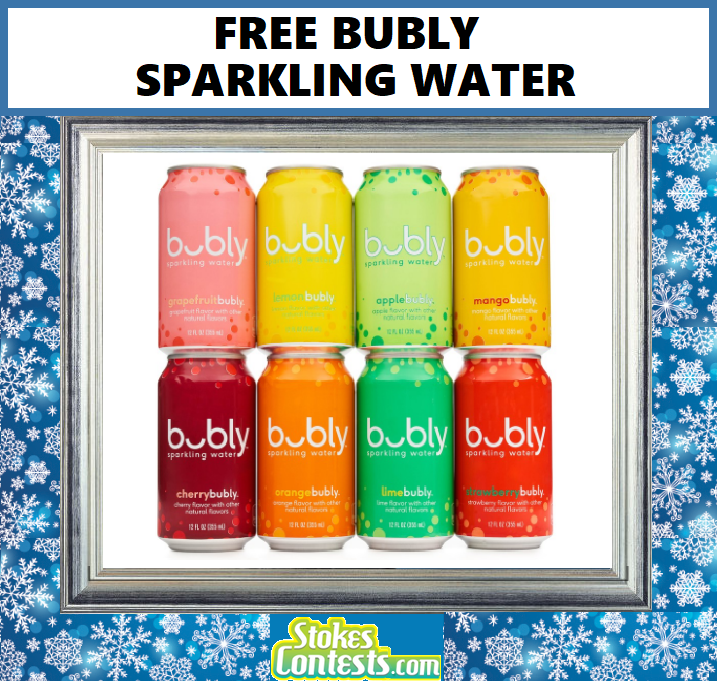

The contribution of water to total beverage consumption decreased with age: 56.5% among younger adults aged 20–39, 49.3% among middle-aged adults aged 40–59, and 46.9% among older adults aged 60 and over ( Figure 3). Were there differences by age in the contribution of different types of beverages to total nonalcoholic beverage consumption among adults in 2015–2018? NOTES: Percentages are based on total grams of reported nonalcoholic beverage intake and may not sum to 100 due to rounding. Contribution of beverage types to total nonalcoholic beverage consumption among adults aged 20 and over, by sex: United States, 2015–2018 However, coffee (16.0% for men compared with 13.9% for women), sweetened beverages (11.8% compared with 8.7%), and fruit beverages (6.1% compared with 5.2%) contributed a higher percentage of total beverage consumption among men than women.įigure 2. Water contributed a lower percentage of total beverage consumption among men (48.2%) than women (54.0%), as did tea (7.8% compared with 9.6%) ( Figure 2).

Were there differences by sex in the contribution of different types of beverages to total nonalcoholic beverage consumption among adults in 2015–2018? SOURCE: National Center for Health Statistics, National Health and Nutrition Examination Survey, 2015–2018.

Contribution of beverage types to total nonalcoholic beverage consumption among adults aged 20 and over: United States, 2015–2018 Water accounted for 51.2% of total nonalcoholic beverage consumption among adults on a given day in 2015–2018, followed by coffee (14.9%), sweetened beverages (10.2%), tea (8.7%), fruit beverages (5.6%), milk (5.5%), and diet beverages (3.8%) ( Figure 1).įigure 1. What was the contribution of different beverage types to total nonalcoholic beverage consumption among adults in 2015–2018? Keywords: drinks, National Health and Nutrition Examination Survey (NHANES) This report provides estimates of the contribution of beverage types to total nonalcoholic beverage consumption, by grams, for U.S. The 2015–2020 Dietary Guidelines for Americans recommend that water, fat-free and low-fat milk, and 100% juice be the primary beverages consumed ( 2). The contribution of water (60.7%) and tea (13.6%) to total beverage consumption was highest among non-Hispanic Asian adults, while the contribution of coffee (17.3%) was highest among non-Hispanic white adults.īeverages play a substantial role in meeting total water intake needs and are a major contributor to overall nutrient and caloric intake for the U.S.The contribution of water and sweetened beverages to total beverage consumption decreased with age, while the contribution of coffee, tea, milk, and diet beverages increased with age.

#GENDER FLUID SPARKLING WATER PDF#
PDF Version pdf icon (403 KB) | Visual AbstractĬrescent B. Were there differences by race and Hispanic origin in the contribution of different types of beverages to total nonalcoholic beverage consumption among adults in 2015–2018?.Were there differences by age in the contribution of different types of beverages to total nonalcoholic beverage consumption among adults in 2015–2018?.Were there differences by sex in the contribution of different types of beverages to total nonalcoholic beverage consumption among adults in 2015–2018?.What was the contribution of different beverage types to total nonalcoholic beverage consumption among adults in 2015–2018?.


 0 kommentar(er)
0 kommentar(er)
